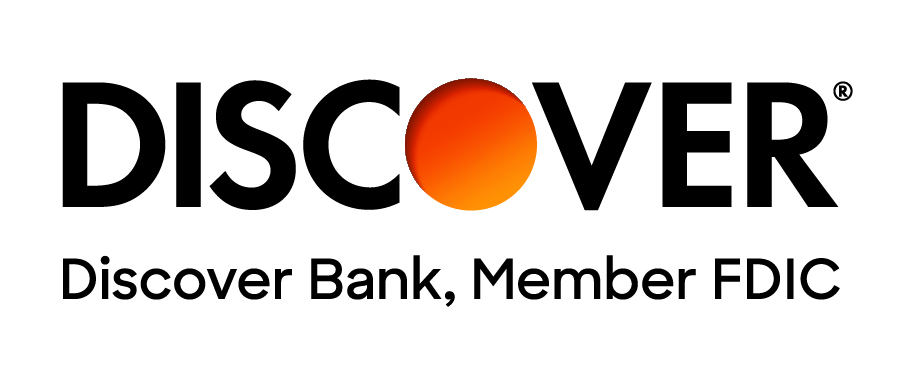Both Republican and Democratic members of Congress have recently proposed simplifying the FAFSA (Free Application for Federal Student Aid). The House Committee on Education and the Workforce issued a white paper that included, “Simplifying the application and eligibility process for federal student aid, including using income data from two years prior to the date of application, also known as prior-prior year” among Republican priorities for reauthorizing the Higher Education Act of 1965. The Financial Aid Simplification and Transparency Act, or FAST Act, proposed by Senators Lamar Alexander (R-TN) and Michael Bennet (D-CO), would replace the FAFSA’s 100+ questions with just two questions – family size and household income – making the form short enough to fit on the back of a postcard or integrated into federal income tax returns. The Senators also support prior-prior year, as does the 785-page draft reauthorization legislation introduced by the Senate Health Education Labor and Pensions (HELP) committee, chaired by Senator Tom Harkin (D-IA).
Why Simplify the FAFSA?
The goal of federal student aid is to enable low-income students to enroll and graduate from college by making their postsecondary education more affordable. But, the complexity of the FAFSA acts as a barrier, preventing some low-income students from successfully completing a college education.
Based on data from the 2011-2012 National Postsecondary Student Aid Study (NPSAS), approximately 2.0 million students would have qualified for a Federal Pell Grant but did not file the FAFSA. Of these, 1.3 million would have qualified for a full Federal Pell Grant, valued at $5,730 for the 2014-2015 academic year.
Of the students who would have qualified for a Federal Pell Grant, 46.7% thought they were ineligible, 37.5% said that they had no need, 34.1% did not want to take on the debt, 13.6% had no information on how to apply and 9.4% said that the forms were too much work. (Figures sum to more than 100% due to overlap. After eliminating overlap, these five responses account for 91% of the reasons why Federal Pell-eligible students did not file the FAFSA. The first three responses account for 89% of the non-applicants.)
These students are more likely to work while enrolled to pay the college bills. About a third of non-applicants work 40 or more hours a week. Students who work full-time are half as likely to graduate in six years as students who work 12 hours or less a week.
Simplifying the FAFSA will also reduce the amount of time students and their families spend completing the form each year. It will also eliminate the need for verification of data submitted on the FAFSA. In so doing, this will free up college resources for counseling students about smarter borrowing and minimizing debt.
Is the Complexity Necessary?
Some colleges feel that they need the extra FAFSA questions for awarding their own financial aid funds. They argue that simplifying the FAFSA too much will lead to a net increase in complexity because colleges will introduce their own financial aid forms to collect information that is omitted from the proposed simplified FAFSA. Rather than file a single financial aid application form, students would be forced to complete a separate financial aid application for each college’s institutional funds.
These colleges are chasing after a false sense of precision, trying to prevent a small number of wealthy students from looking like they are poor. The schools have shifted the focus away from helping low- income students pay for college. The inclusion of extra questions erects barriers for low-income students who need financial help. For example, the financial aid applications of low-income students are much more likely to be selected for verification than the financial aid applications of middle- and high-income students. More money is spent on complicated financial aid application forms than the amount of “undeserved” financial aid that would be received by high-income students in a simpler system.
Several studies have shown that simplification will not introduce much “error” into the expected family contribution (EFC), a measurement of the family’s financial strength. The parameters of the simplified formula can be tweaked to ensure a revenue-neutral result. For example, a switch from prior-year income to prior-prior-year income will reduce average income, increasing eligibility for need-based student aid. Congress could easily reweight the income portion of the EFC calculation to compensate.
A handful of demographic questions, such as whether the student is a first-generation college student, should remain on the FAFSA if they can’t be derived from federal databases. But, the bulk of questions designed to fine-tune the determination of EFC can be eliminated without significantly affecting the allocation of financial aid funds.
Consider also that most other federal means-tested benefit programs use much simpler eligibility tests. For example, eligibility for Supplemental Security Income (SSI), Free and Reduced Price School Lunch, Supplemental Nutrition Assistance Program (SNAP), Temporary Assistance for Needy Families (TANF) and the Special Supplemental Nutrition Program for Women, Infants and Children (WIC) all depend on the beneficiary having gross income below a percentage of the poverty line, typically 130% or 185% of the poverty line. Education tax benefits likewise determine eligibility based on the taxpayer’s income, disregarding assets and other factors. Why not use a similar approach to determine eligibility for the Federal Pell Grant?
Skip Logic Requires Answering More Questions, Not Fewer
The U.S. Department of Education claims that skip logic eliminates the need for a simplified FAFSA, since it dynamically adjusts the set of questions based on answers provided earlier on the form.
But, additional questions must be added to the FAFSA to enable skip logic. For example, an extra 16 questions must be answered by dependent students to qualify for the Simplified Needs Test (SNT), which eliminates 6 asset questions. Applicants must answer as many as 9 questions to use the IRS Data Retrieval Tool, which prefills the answers to up to 11 questions on the FAFSA. Skip logic mainly benefits applicants who qualify for Auto-Zero EFC. Moreover, the introduction of skip logic increases the total number of questions that must be answered in aggregate by all applicants when one counts the questions answered by applicants who don’t qualify for Auto-Zero EFC and the Simplified Needs Test (SNT).
A much more drastic reduction in the number of questions is necessary. A five-minute FAFSA will increase the number of low-income students filing the FAFSA, leading to more than a million additional applicants.
How to Simplify the Form
There are three main approaches to simplifying the FAFSA.
Sensitivity Analysis. The first approach eliminates questions that have a minimal impact on the EFC or student financial aid eligibility. This approach determines the sensitivity of the EFC to each question’s possible answers. For example, one could calculate two EFCs, one using the average value of answers to the question and one using an extreme value. The difference in the EFCs demonstrates how sensitive the EFC is to changes in the answers to the question. If replacing the average value with an extreme value for the data element does not yield a large difference in the EFC, the question can be eliminated by setting the data element at the average value. This is the approach taken by Mark Kantrowitz and Carlos Adrian in the implementation of the Quick EFC calculator for use by the Gates Millennium Scholars program in September 2000. They discovered that most of the questions on the FAFSA had a minimal impact on the EFC. Eliminating these questions left only about a dozen questions. This simplified formula yields an EFC that varies by no more than about $500 from the full federal need analysis methodology, and often a lot less. Mark Kantrowitz introduced similar proposals in 2002 and 2006 for reauthorizing the Higher Education Act of 1965, suggesting that the FAFSA could fit on the back of a postcard, and also recommended pre-filling the FAFSA with IRS data.
Adapting the IBR Formula. If the income-based repayment (IBR) formula is sufficient to determine ability to repay student loans after college, why not use a similar formula for determining ability to pay before and during college? Just divide the IBR formula by the number of children in college, since cash flow does not increase when one has more children enrolled in college at the same time. Thus, one would substitute 15% of discretionary income, divided by the number of children in college, for the EFC. Discretionary income would be defined as the amount by which income exceeds 150% of the poverty line. Mark Kantrowitz introduced this proposal in July 2007.
Phase-out Formula. Using an approach similar to the income phase-outs for education tax benefits, Sandy Baum proposed in September 2008 that a student should qualify for a full Federal Pell Grant with an adjusted gross income (AGI) at or below 150% of the poverty line, and proportionately reduce the grant amount until AGI reaches 250% of the poverty line. This formula is similar in effect to the IBR-formula, but does not adjust for the number of children in college. Dr. Baum also recommended publishing a table that mapped from income and family size to Federal Pell Grant eligibility, since such an approach would be more accessible to low-income students.
Conclusion
Simplifying the FAFSA will increase the number of students applying for financial aid, thereby, enabling more low-income students to enroll in and graduate from college. It would also save applicants time and stress, making it easier for families to complete the form without assistance. There would be little or no need for verification of financial aid application data, allowing college financial aid administrators to spend more time helping students. Eligibility for need-based aid could be determined earlier, before the student applies for admission, allowing families to consider a college’s affordability before the student applies for admission. Early awareness of financial aid eligibility might encourage some students to perform better academically in high school. The process of applying for student financial aid could be streamlined, fitting the form on the back of a postcard or even integrating it into federal income tax forms.







